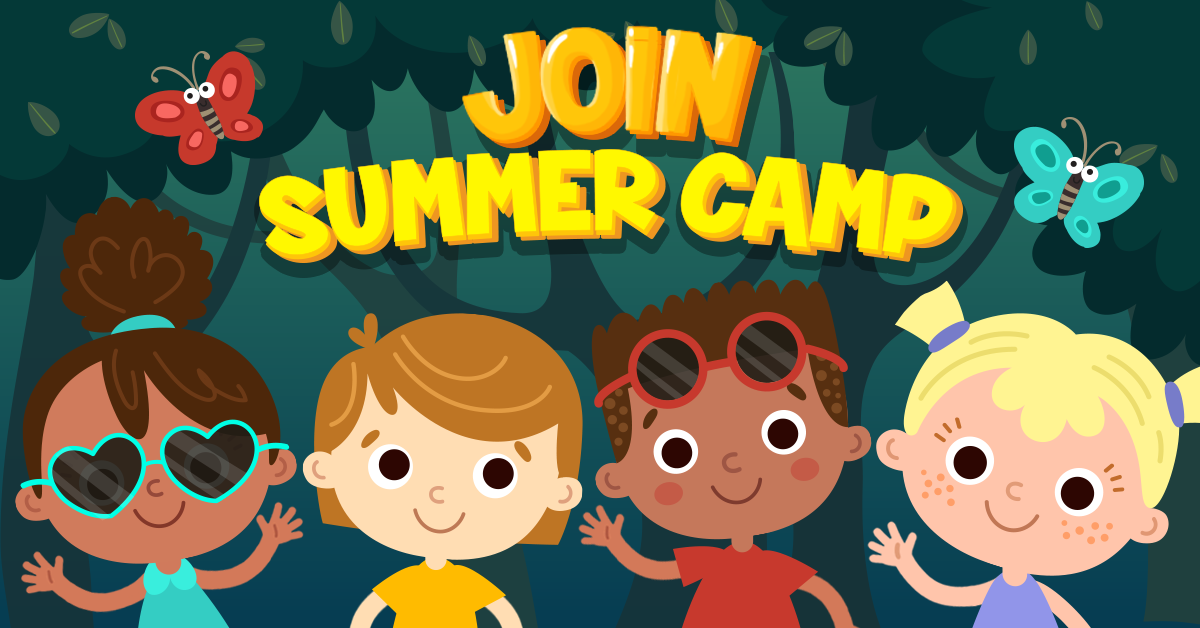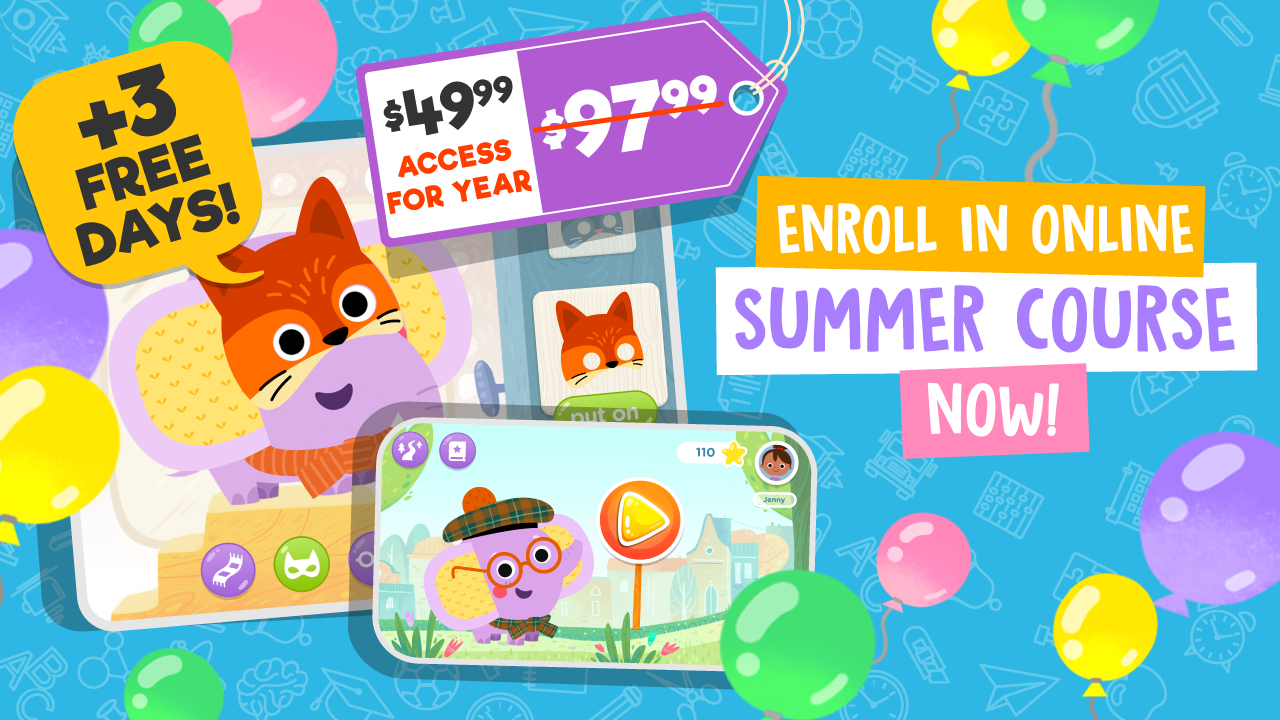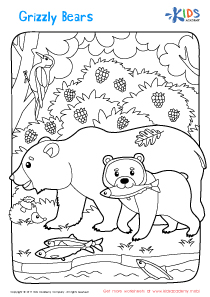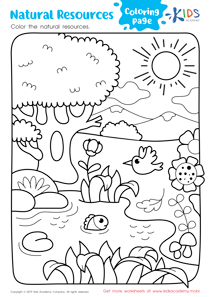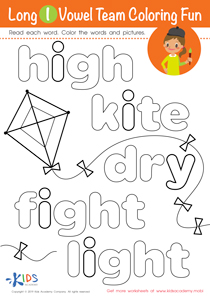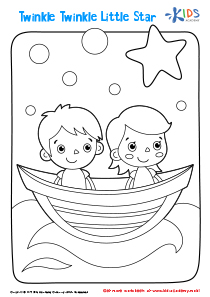Normal Difficulty Vocabulary Coloring Pages for Grade 2
5 filtered results
-
From - To
Introducing our captivating Vocabulary Coloring Pages, perfect for Grade 2 students! This exceptional set of worksheets aims to enhance language skills while igniting creativity. Let your little learners explore a world of words through engaging illustrations, designed to captivate their imagination. Each page features carefully chosen vocabulary words, aligning with the Grade 2 curriculum. As they color these delightful pages, children will effortlessly expand their lexicon and comprehension skills. Combining fun and education, our Vocabulary Coloring Pages offer a unique approach to language learning. Watch their confidence soar as they grasp new words, one stroke of color at a time.
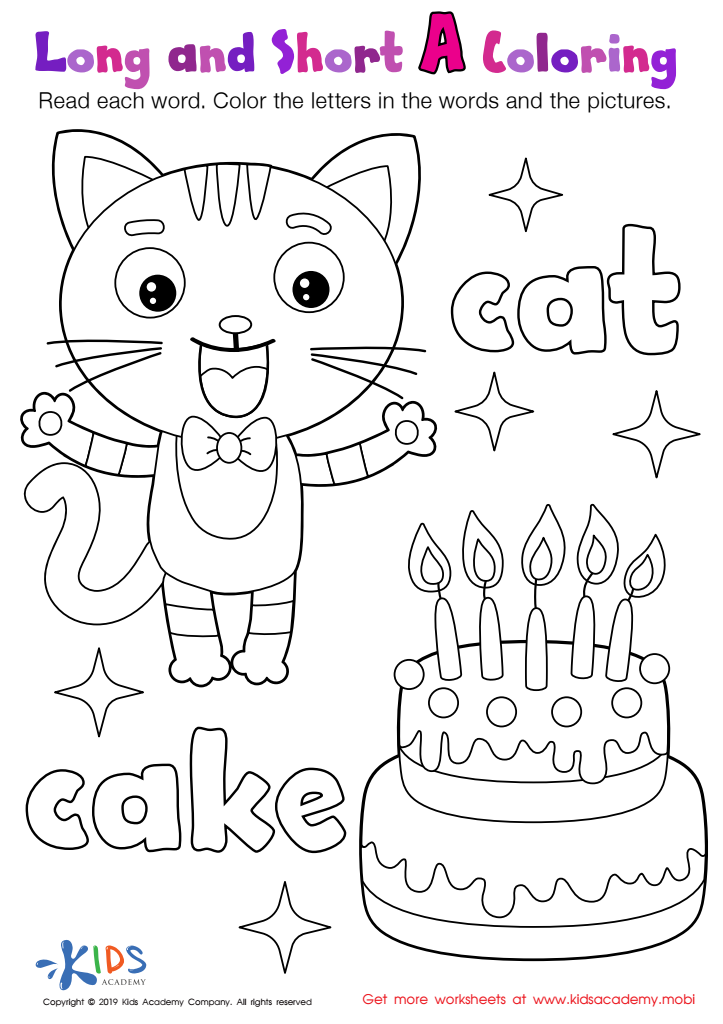

Long and Short A Worksheet
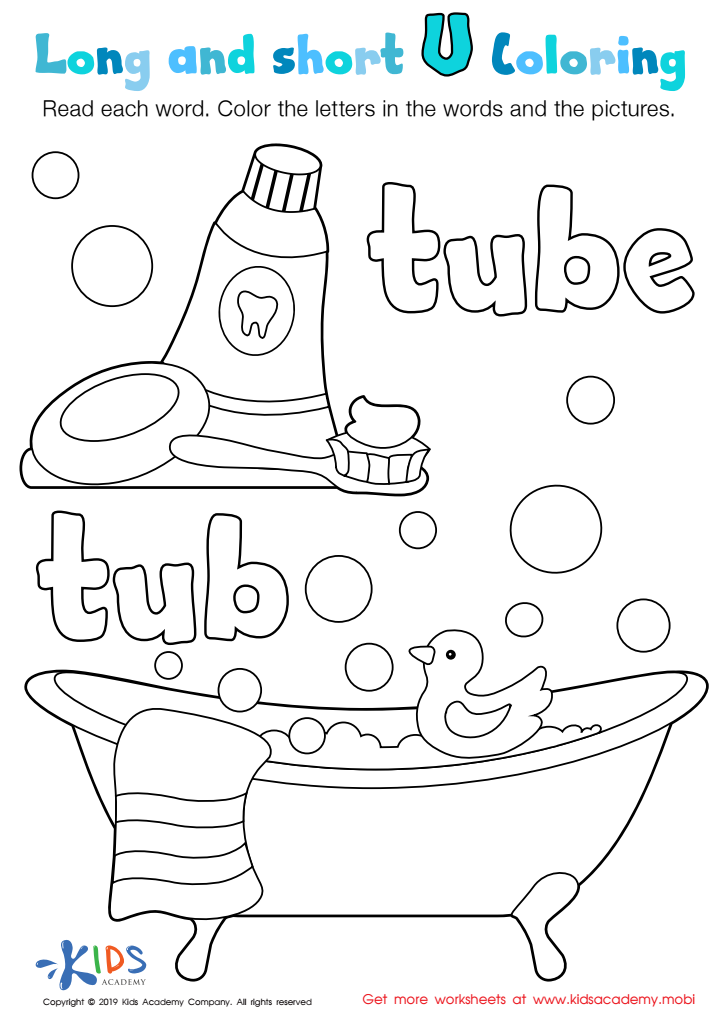

Long and Short U Worksheet
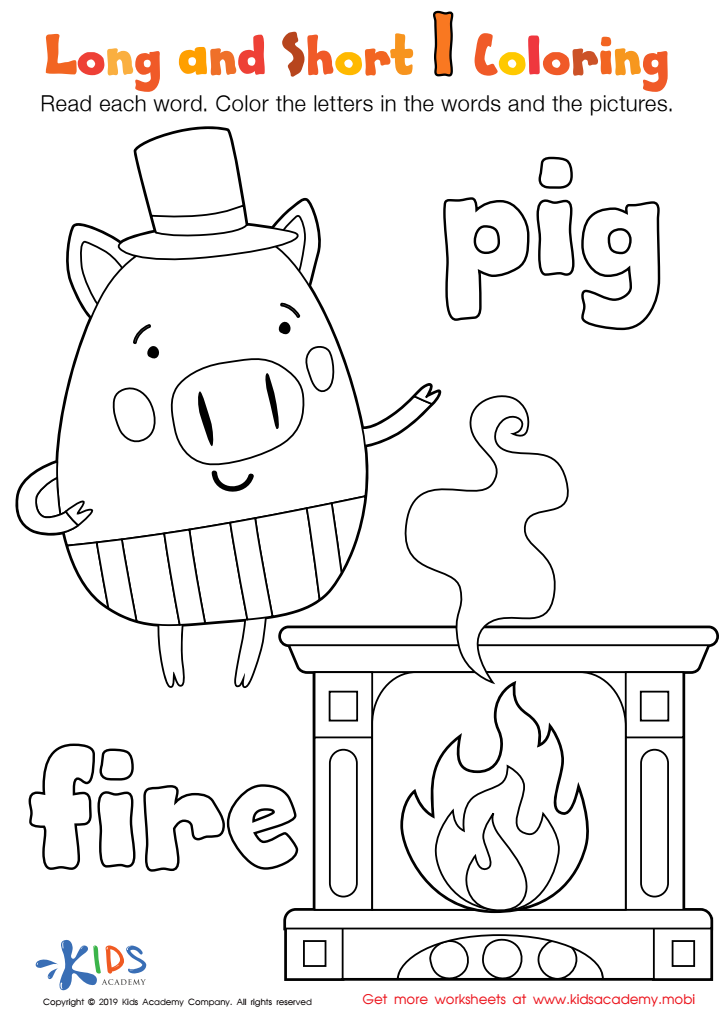

Long and Short I Worksheet
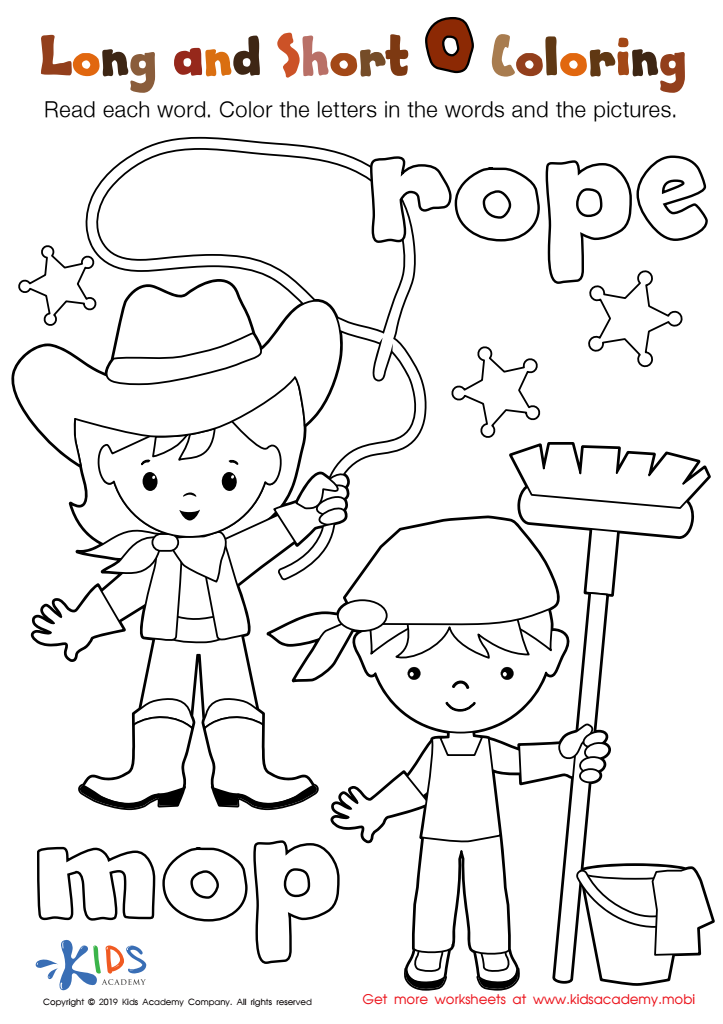

Long and Short O Worksheet
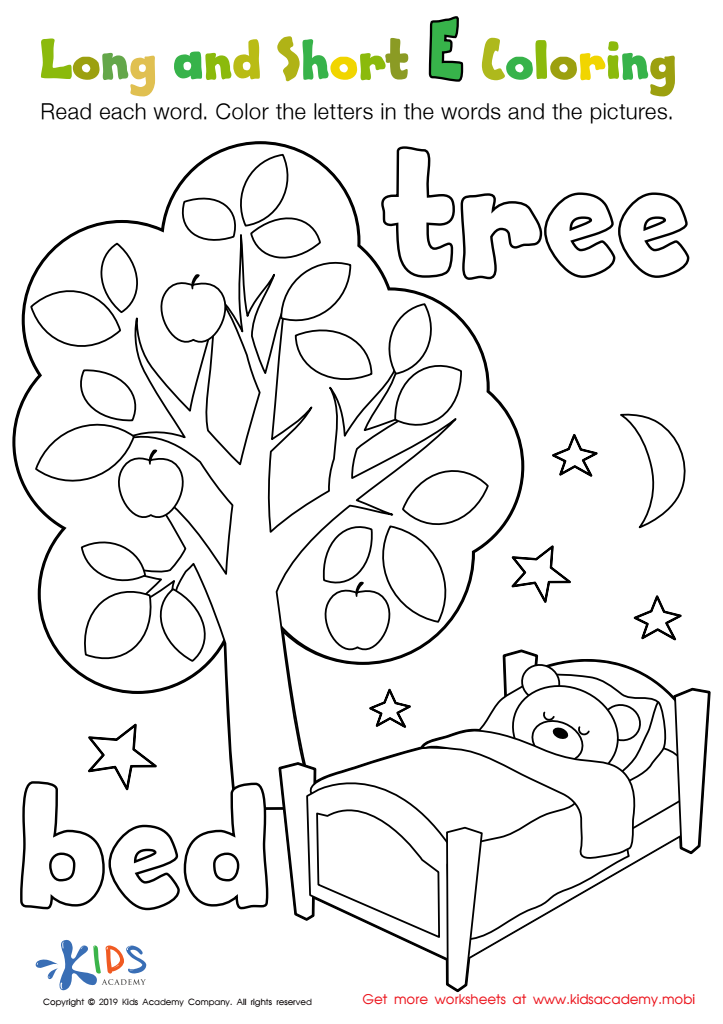

Long and Short E Worksheet
Vocabulary development is a crucial aspect of a child's education, especially in the early grades. To engage Grade 2 students in a fun and effective way, Normal Difficulty worksheets on Vocabulary Coloring Pages are highly beneficial. These educational resources seamlessly combine coloring activities with vocabulary exercises, providing a well-rounded learning experience for young learners.
One of the primary advantages of Vocabulary Coloring Pages is that they make the learning process enjoyable and interactive. Grade 2 students are more likely to actively participate and retain information when they are engaged in activities that capture their attention. By combining coloring and vocabulary exercises, these worksheets create an engaging environment that students eagerly look forward to.
Coloring can enhance cognitive and motor skills in young learners, making it an ideal technique for vocabulary development. When children engage in coloring activities, they not only concentrate on staying within the lines but also focus on the words associated with the images they are coloring. Vocabulary Coloring Pages allow students to associate words with colors and reinforce their learning through creative expression.
Furthermore, these worksheets offer a multisensory approach to vocabulary learning. Rather than solely relying on visual recognition, Grade 2 students can utilize their fine motor skills to color the images, reinforcing the vocabulary words in their memory through a tactile experience. This multisensory approach has been proven to enhance learning and retention in students, particularly at a young age.
Another key advantage of Vocabulary Coloring Pages is that they cater to different learning styles. Not all students learn best through traditional teaching methods, such as reading and listening. Visual and kinesthetic learners, for instance, often struggle to absorb information through conventional means. These worksheets provide an alternative learning avenue that allows students to explore and understand vocabulary through their preferred learning styles.
The versatility of Vocabulary Coloring Pages is also worth mentioning. Teachers can use these worksheets in various educational settings, such as classrooms, homeschooling, or tutoring settings. They can serve as valuable supplementary resources in language lessons or as stand-alone activities for reinforcement and assessment. With their wide applicability, Vocabulary Coloring Pages offer flexibility to adapt to different teaching approaches and learning objectives.
Moreover, Vocabulary Coloring Pages foster creativity and imagination in Grade 2 students. As they immerse themselves in the task of coloring, children have the opportunity to create a visual representation of the vocabulary words they are learning. This imaginative process helps students make connections between words and images, facilitating a deeper understanding of the concepts and encouraging the development of their creative thinking skills.

 Assign to the classroom
Assign to the classroom
